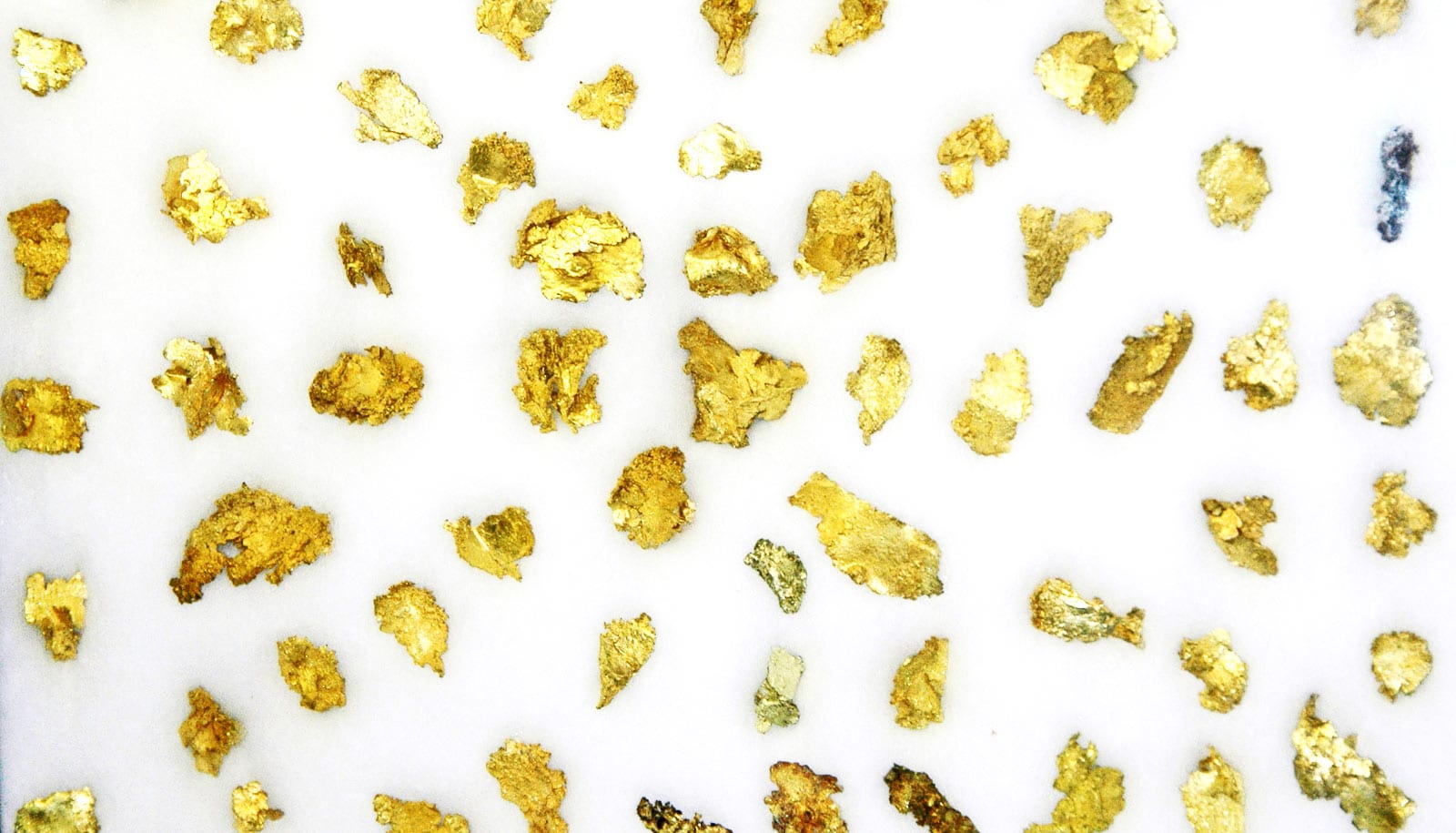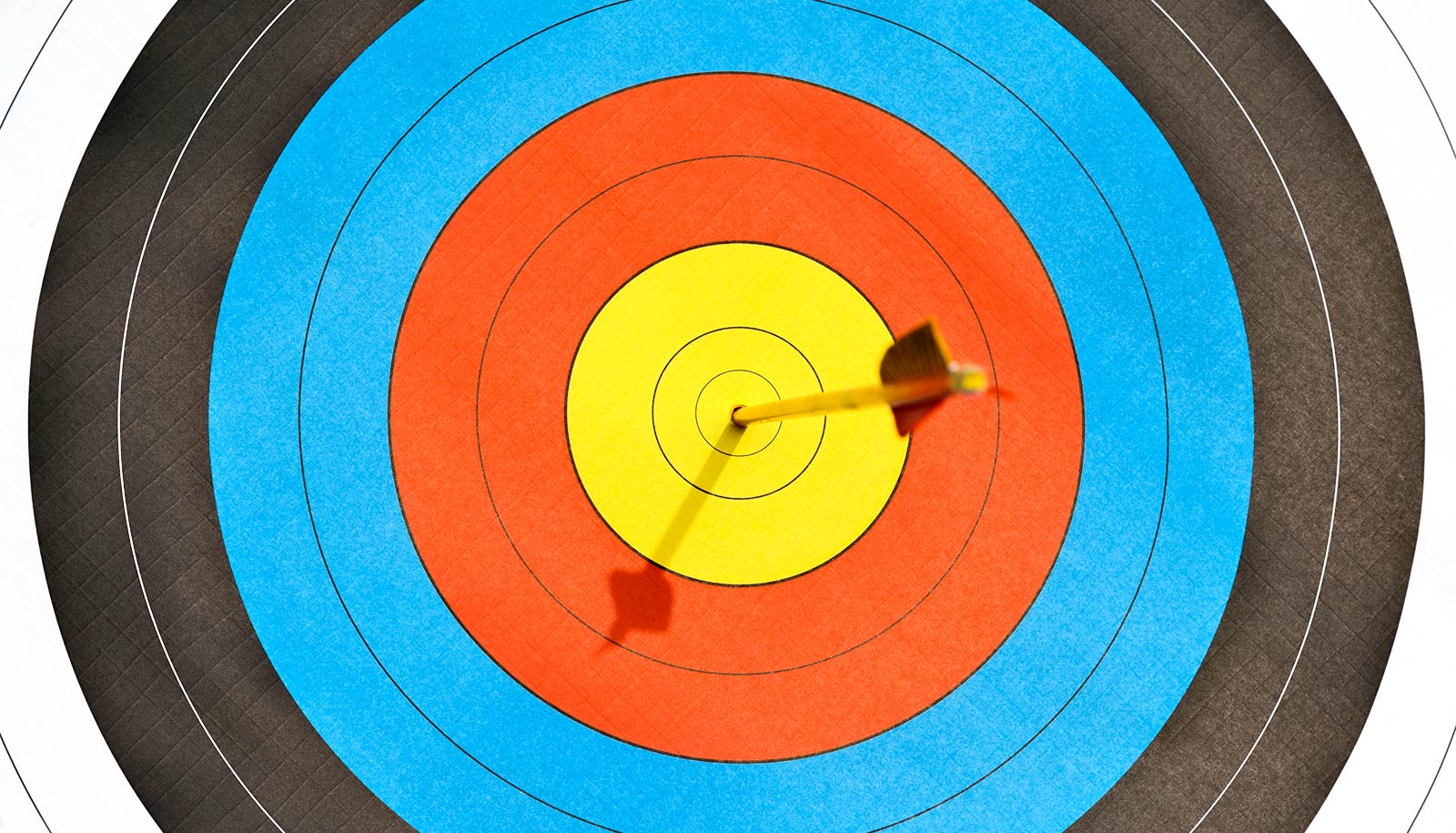New analysis of existing literature on nanoporous gold offers a recipe, of sorts, for how to make NPG with specific characteristics.www
NPG has growing applications in several areas, including energy storage and biomedical devices.
Instead of conducting any experiments, the team used image-analysis software developed in-house to “mine” photographs of NPG from some 150 peer-reviewed papers, quickly measuring key features of the material that the researchers then correlated with written descriptions of how the samples were prepared.
“We were able to back out a quantitative law that explains how you can change NPG features by changing the processing times and temperatures,” says Ian McCue, a postdoctoral researcher in the Texas A&M University department of materials science and engineering. McCue is lead author of a paper on the work in Scientific Reports.
The team also identified a new parameter related to NPG that could better tune the material for specific applications.
“Before our work, engineers knew of one tunable ‘knob’ for NPG. Now we have a second one that could give us even more control over the material’s properties,” says Josh Stuckner, a graduate student at Virginia Tech and coauthor of the paper. Stuckner developed the software that allowed the new insights.
Nanoporous gold has been the subject of study for roughly 15 years, but little is actually known about its physical characteristics and the limits of its tunability for specific applications, the team writes.
The material is a three-dimensional porous network of interweaving strands, or ligaments. Multiple ligaments, in turn, connect at points called nodes. All of these features are almost unimaginably small. Stuckner notes, for example, that some of the smaller pores would fit about three strands of DNA side by side. As a result, McCue says the overall structure is very complex and it’s been extremely difficult and time-consuming to measure features like the lengths between nodes and the diameters of ligaments. But Stuckner’s software has changed that.
“Manually it might take 20 minutes to over an hour to measure the features associated with one image,” Stuckner says. “We can do it in a minute, or even just tell the computer to measure a whole slew of images while we walk away.”
How to make gold nanoparticles on water droplets
Earlier attempts to measure NPG features led to very small data sets of five or six data points. The team has looked at around 80 data points. That, in turn, allowed the team to create the new quantitative description of NPG features associated with different processing techniques.
The work has also led to new publication guidelines for future researchers. Of the 2,000 papers the team originally analyzed, only 150 had useful information.
“We had to throw out a lot of data due to poor image quality or a lack of written information on how a given NPG was processed,” McCue says. “The new guidelines could prevent that, ultimately allowing better data mining not only for NPG but for other materials.”
Support for the work came from the National Science Foundation through a program called Designing Materials to Revolutionize and Engineer our Future.
Source: Elizabeth Thomson for Texas A&M University



